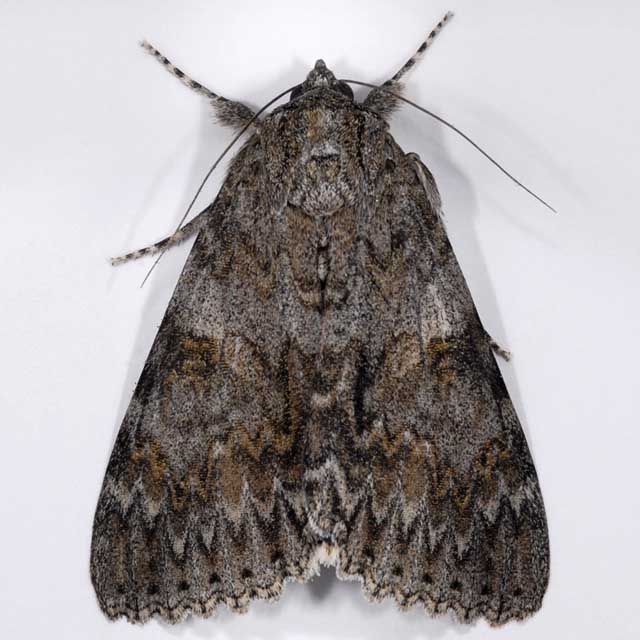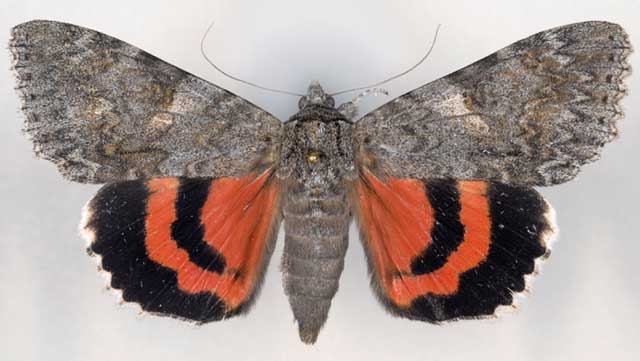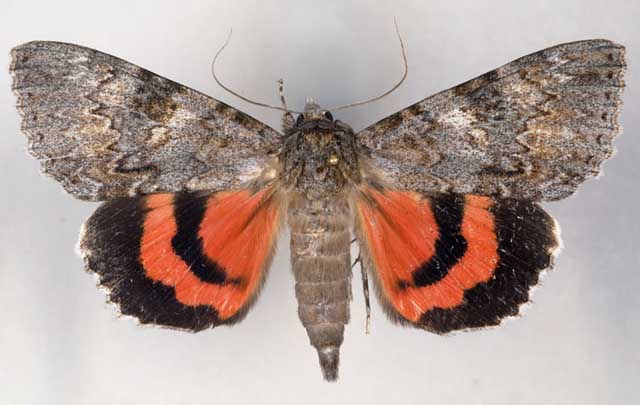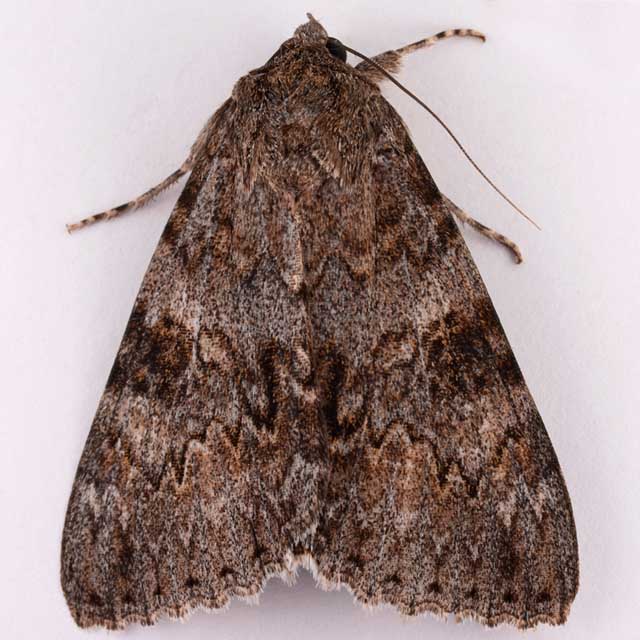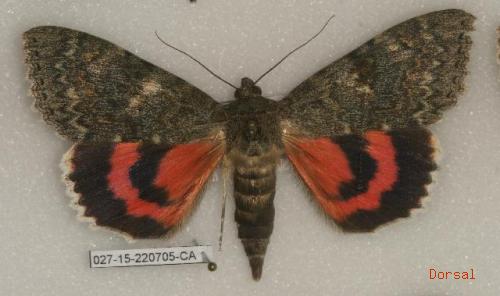Catocala hermia francisca
kah-TOCK-uh-lahMHER-mee-uhMFRAN-sis-kuh
Henry Edwards,
1880
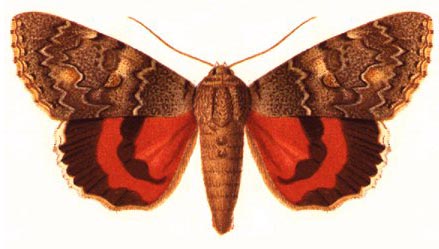
Catocala hermia francisca, Hampson Plate.
This site has been created by
Bill Oehlke at oehlkew@islandtelecom.com
Comments, suggestions and/or additional information are welcomed by Bill.
TAXONOMY:Superfamily: Noctuoidea |
"Moon River" |
